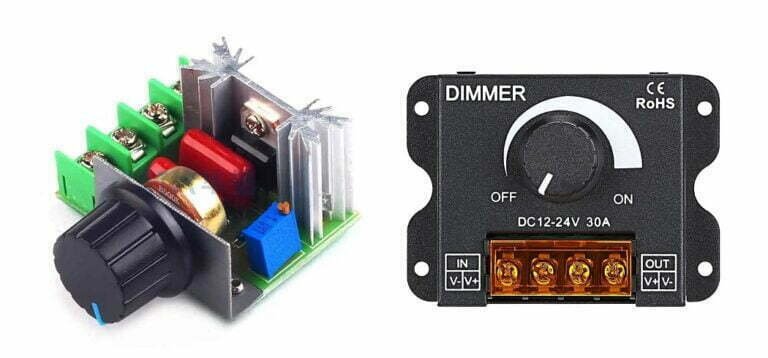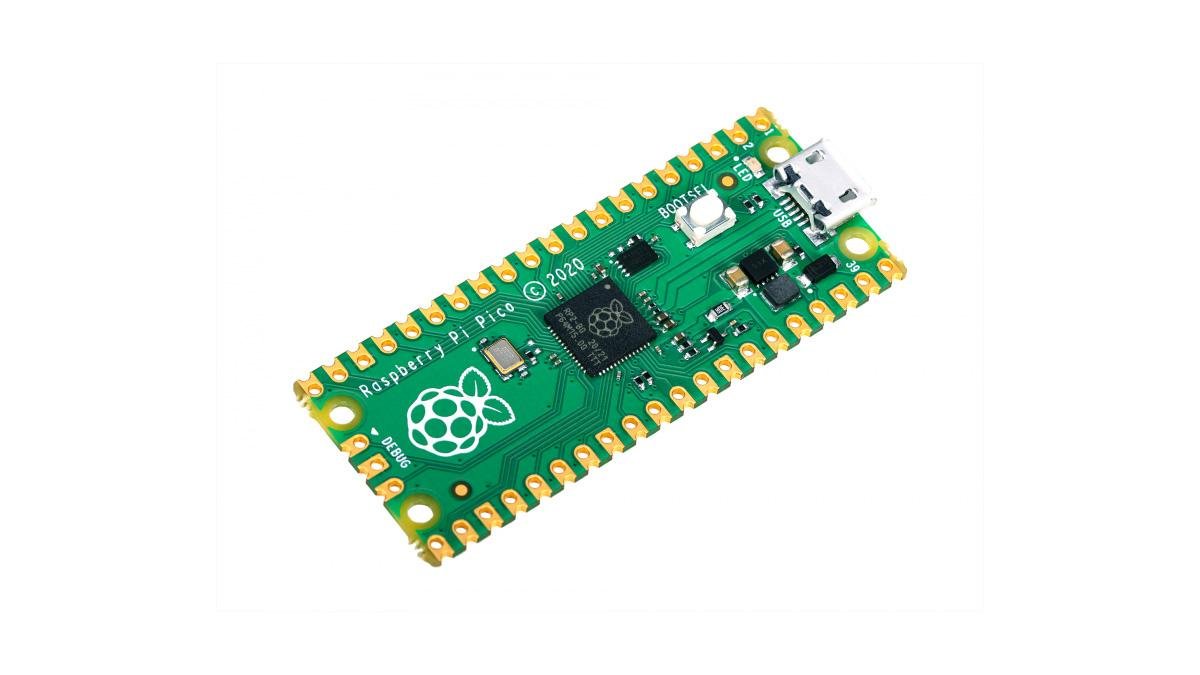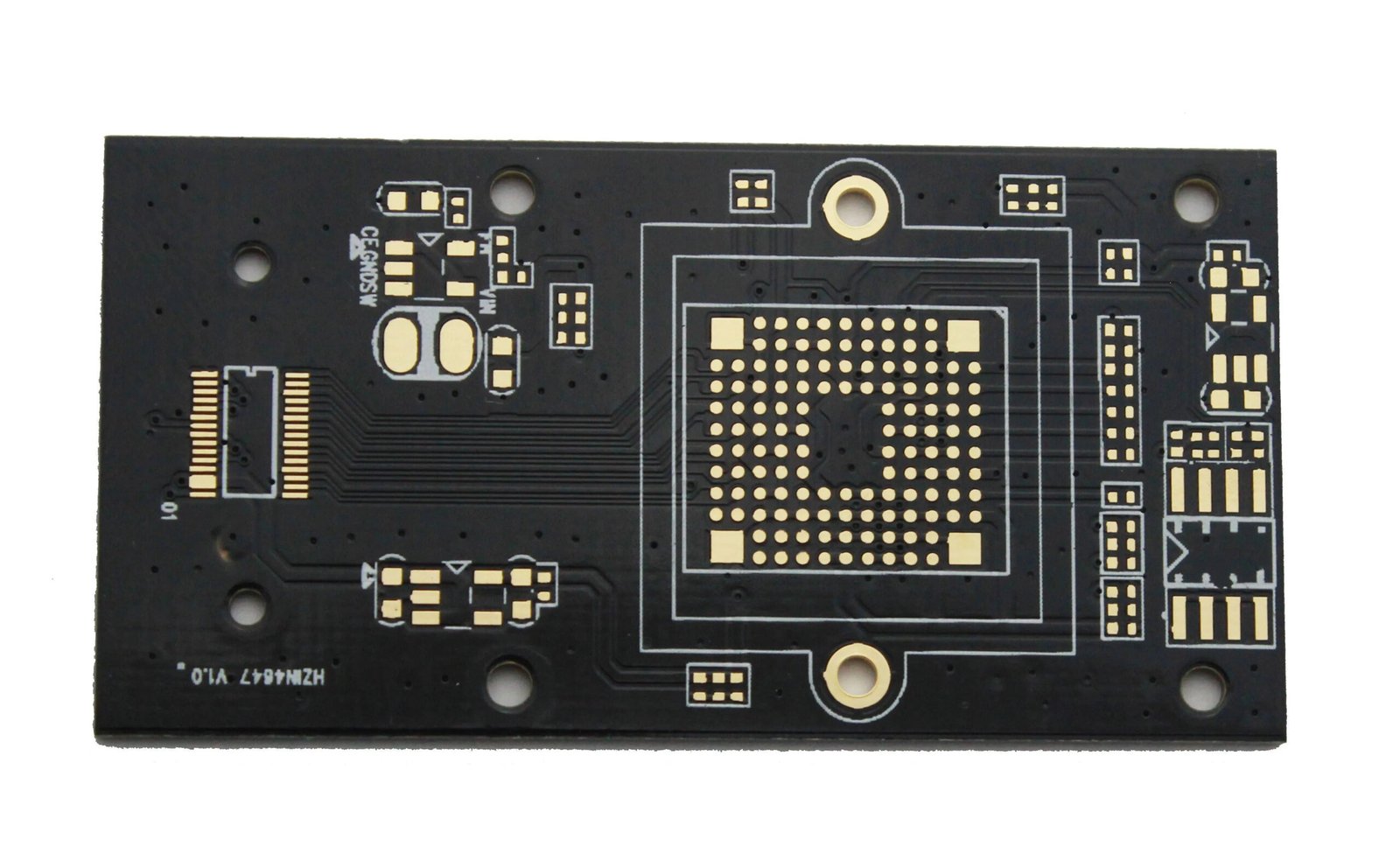In the world of lighting, dimmers have become a crucial component, allowing users to control the brightness of their lights and save energy in the process. One popular type of dimming control is the TRIAC dimmer. In this comprehensive guide, we will explore what TRIAC dimmers are, how they work, and their application in dimming LED lights.
Introduction to TRIAC Dimmer
A TRIAC dimmer is an electronic switch used to control the brightness of lights. It allows users to vary the amount of power supplied to the light source, resulting in adjustable levels of brightness. TRIAC dimmers are commonly used in residential and commercial settings for both incandescent and LED lighting solutions.
TRIAC dimmers offer several advantages over traditional light switches. Firstly, they are highly energy-efficient, allowing users to save on electricity costs. Secondly, TRIAC dimmers provide smooth and flicker-free dimming, enhancing the overall lighting experience. Lastly, TRIAC dimmers are compatible with a wide range of lighting fixtures and can be easily integrated into existing electrical systems.
It is widely used in various applications, including residential lighting, commercial lighting, hospitality venues, and theaters. It is particularly popular in spaces where adjustable lighting is desired, such as restaurants, hotels, and living rooms.
What is TRIAC?
A TRIAC, short for “triode for alternating current,” is a high-power semiconductor device that belongs to the category of controllable rectifiers. It consists of a four-layer structure with three PN junctions and is typically formed by connecting two thyristors in the reverse direction. The TRIAC not only functions as a rectifier but also serves as a non-contact switch for fast switching on or off of current. Furthermore, it enables the conversion of direct current to alternating current (DC to AC) and the transformation of one frequency of AC power into another.

The introduction of TRIACs has allowed semiconductor technology to enter the realm of high-power applications. They have become widely adopted in various sectors such as industry, agriculture, transportation, military research, as well as commercial and domestic appliances. They are used for motor control, power regulation, lighting control, temperature control, and other power management systems, providing efficient and reliable solutions for electrical control.
How does a TRIAC Dimmer Work?
TRIAC dimming works by controlling the conduction angle of the TRIAC, which determines the amount of power delivered to the light source. By adjusting the conduction angle, users can increase or decrease the brightness of the lights.
Phase Control and Dimming
Phase control is a common method used in TRIAC dimming. It involves chopping up the AC waveform and controlling the portion of the waveform that is delivered to the load. By delaying the turn-on time of the TRIAC, the conduction angle is reduced, resulting in dimmer light output.
Controlling the Intensity of Light with TRIAC Dimming
TRIAC dimming allows for precise control of light intensity, providing users with the ability to create the desired ambiance in any space. Whether it’s a cozy dinner setting or a bright and vibrant atmosphere, TRIAC dimming offers flexibility in adjusting the light output to suit different preferences and occasions.
Wiring of TRIAC Dimmers
Proper wiring is essential for the successful installation of TRIAC dimmers with LED drivers. It is important to follow the manufacturer’s instructions and guidelines to ensure safe and efficient operation. Typically, the black wire from the dimmer is connected to the black wire from the wall, the white wire from the dimmer is connected to the white wire from the wall, and the green wire from the dimmer is connected to the bare copper ground wire from the wall.

When wiring a TRIAC power supply, it is important to follow the manufacturer’s instructions and guidelines. A TRIAC has three terminals: MT1, the gate, and MT2. These terminals are wired in inverse parallel, and the power supply can be controlled by a single gate terminal. The direction of current flow is determined by the choice of terminal connection, either MT1 or MT2.
Advantages and Disadvantages of TRIAC Dimmers for LEDs
Advantages of TRIAC Dimmers
- Thyristor dimming technology has a long history of development and is mature and stable. It has been perfectly combined with incandescent lamps and halogen lamps, occupying a large dimming market.
- It is relatively simple to install and use. You only need to replace the LED lamps, and it is compatible with existing lines without rewiring.
- Thyristor dimmers are widely used in traditional lighting markets such as incandescent lamps, which conform to people’s usage habits and have low dimming costs.
Disadvantages of TRIAC Dimmers
- When the current changes, it will cause the color shift of the LED, because the color spectrum of the LED is related to the current, so it will affect the luminous quality of the white LED.
- The LED does not work for a long time under the rated design voltage and current, which will affect the design life of the LED.
- The range of analog dimming is narrow, and the consistency and linearity of dimming are poor.
- Since the LED driver is always in the working state during analog dimming, and the conversion efficiency of the LED driver decreases rapidly with the decrease of the output current, the use of analog dimming will increase the power loss of the power supply system.
Alternative Dimming Solutions for LED Lights
Leading-Edge Dimmers
Leading-edge dimmers, also known as forward phase dimmers, are commonly used with incandescent and halogen bulbs. They work by cutting off a portion of the leading edge of the AC waveform, resulting in dimmer light output. While leading-edge dimmers can be used with some LED lights, they may not provide optimal dimming performance and compatibility.
Trailing-Edge Dimmers
Trailing-edge dimmers, also known as reverse phase dimmers, are more suitable for dimming LED lights. They work by cutting off a portion of the trailing edge of the AC waveform, providing smoother and more precise dimming. Trailing-edge dimmers are designed to handle the unique characteristics of LED lights and offer better compatibility and performance compared to leading-edge dimmers.
Other Dimming Options
In addition to TRIAC, leading-edge, and trailing-edge dimmers, there are other dimming options available for LED lights. These include digital addressable lighting interface (DALI) dimmers, 0-10 volt dimmers, wireless dimmers, and DMX LED controllers. Each option has its own advantages and compatibility considerations, allowing users to choose the most suitable dimming solution for their specific needs.
Integration of TRIAC Dimmers with Home Automation Systems
Compatibility with Lutron and KNX
TRIAC dimmers can be integrated with popular home automation systems such as Lutron and KNX. This allows users to control their lighting remotely, create custom lighting scenes, and automate lighting schedules. The compatibility and integration capabilities may vary depending on the specific TRIAC dimmer model and the home automation system being used. It is important to consult the manufacturer’s specifications and guidelines for proper integration.
Smart Home Integration
With the rise of smart home technology, TRIAC dimmers can be integrated into larger smart home systems. This enables users to control their lighting using voice commands, smartphone apps, or dedicated control panels. By connecting TRIAC dimmers to a smart home hub, users can create personalized lighting experiences, adjust brightness levels, and automate lighting based on occupancy or time of day.
TRIAC Dimmers: Cable and Power Supply Requirements
Choosing the Right Cable for TRIAC Power Supplies
When using TRIAC dimmers, it is important to select the appropriate cable for the power supply. A python power cable is recommended, as it allows for the installation of DC sensors in areas where AC power is present. This ensures safe and efficient operation of the power supply and minimizes the risk of electrical hazards.
TRIAC Dimmable Power Supply Options
TRIAC dimmable power supplies are specifically designed to work with TRIAC dimmers. These power supplies provide a dimmable voltage output, allowing users to adjust the brightness of their LED lights. They are available in various wattage options, ranging from 10W to 75W, and can be used with different types of LED fixtures and applications.
FAQ about TRIAC Dimming
If you want to dim LED lights, a TRIAC dimmer may be necessary. However, it is important to ensure compatibility between the dimmer and the LED driver. Not all TRIAC dimmers are designed to work with LED lights, so it is crucial to check the specifications and recommendations provided by the manufacturer.
Yes, TRIAC dimmers can be used to control other lighting fixtures, such as incandescent bulbs, halogen lamps, and compact fluorescent lights (CFLs). They are also capable of controlling small motors and fans, making them versatile for a wide range of applications.
TRIAC dimmers can be integrated with home automation systems, allowing users to control their lighting remotely or through automated schedules. The compatibility and integration capabilities may vary depending on the specific TRIAC dimmer model and the home automation system being used. It is important to consult the manufacturer’s guidelines for proper integration.
Conclusion
In conclusion, TRIAC dimmers offer a versatile and efficient solution for dimming LED lights and other lighting fixtures. By understanding the principles of TRIAC technology, wiring and installation requirements, and compatibility considerations, users can create the perfect lighting ambiance for any space. Whether it’s a cozy evening at home or a vibrant restaurant setting, TRIAC dimming provides the flexibility and control needed to enhance the lighting experience.







